
We have a purebred Lab, she is almost two and her name is Bella. She is very friendly and sometimes she can be very obnoxious to people and other dogs. We try the commands sit, stay, wait and even try holding her back when it comes to other people. When she is jumping all over people we usually tell her to sit and stay but when she sees people she totally puts her blinders on and won’t listen.
New Delhi, December 7, 2019: It sounds like you have a very enthusiastic greeter! Labs are often full of energy and they may be quite boisterous sometimes in their happy displays. You are on the right path in trying to get her to obey the commands sit, stay and wait, but these commands seem to go in one ear and out the other, don’t they?
Your description of her wearing blinders is quite close to what she may be truly going through. In the dog training world there’s a term: “being over threshold.” What does this mean? It means that a dog is at a point where there’s little place for learning going on. Usually the term is used for dogs who are fearful or aggressive, but in my opinion, it can also fit dogs who are overly enthusiastic. For sake of a comparison, imagine being a big fan of a famous actor or rock star. One day this rock star is walking by your home and giving out free autographs.
You notice the rock star and rush over to get an autograph as well, when a family member says: “wait, where are you going, your dinner is going to get cold!” Most likely, you barely hear these comments as you are so excited and eager to get your autograph! When your dog meets other people or dogs, the enthusiasm is likely too overwhelming to get her to listen to your requests to sit and stay. The people and dogs are acting as a strong distractions and she is likely not ready for being trained at such level.
At the same time, also think what the people and other dogs may be doing when she rushes over them. She likely gets petted and greeted by the other dogs. So rushing up to them is rewarding, much more rewarding than sticking by your side. And by the time she’s there jumping and acting overly excited, it’s too late to get her to listen. So what is left to do? Practice, practice and practice and the right choice of tools. To better control her, try a no-pull harness with a leash that attaches to the front. There are several types on the market today and the most important thing when choosing a no-pull harness is to make sure that the leash attaches to the harness in the front. Get one with leash that attaches to the back and you will have a dog that will pull more! Ask the store clerk or trainer how to fit it correctly and get a brief introduction on how it works. To practice, try working with some friends or neighbours. You can even start with family members at first. Have them on a side of the sidewalk ignoring your dog. To train well, there are some rules of the game that will need to be followed:
Rule number one: no pulling towards the people. If you notice the first signs of pulling, turn the other way, in other words, make a U-turn and start walking again towards the people. Any time you notice pulling, make the U-turn and resume. It may take a long time to eventually reach the people, but Bella will learn that pulling doesn’t get her where she wants. Walking on a loose leash will only do so. Imagine that a tense leash is your brake and a loose, slack leash is the accelerator.
2) Once you finally reach your friends, no jumping. If she manages to jump, have your friend turn around and become boring as an electric pole. When she stops trying to jump, you can have your friend praise her and toss her a treat. Tossing the treat on the ground will distract your dog and let her focus on the ground rather than jumping. Repeat several times. Once you notice less jumping, you can try practicing asking your dog to sit for the treat before your friend tosses it on the ground.
Tip: Practice the same exercise at the door as when you have guests! At the age of two, your Lab is full of energy and is also in the peak doggy teenager phase. Yes, dogs go through that too! It’s important to provide loads of mental stimulation and exercise during this time. Play games of fetch and ask her to sit before you toss the ball, instead of feeding her food in a bowl, scatter it around the house and let her use her nose to find it. Play with her a game of fetch-the-food, tossing her kibble in the yard. Teach her some cool tricks. Consider that many dogs go through this phase and many dogs are very enthusiastic greeters. As your dog matures, you will notice she will calm down considerably but with exercise, mental stimulation and training, you can help her attain better impulse control and lower those threshold levels.
-Exclusive story by Buddy Life Magazine.
To read more, subscribe to Buddy Life!
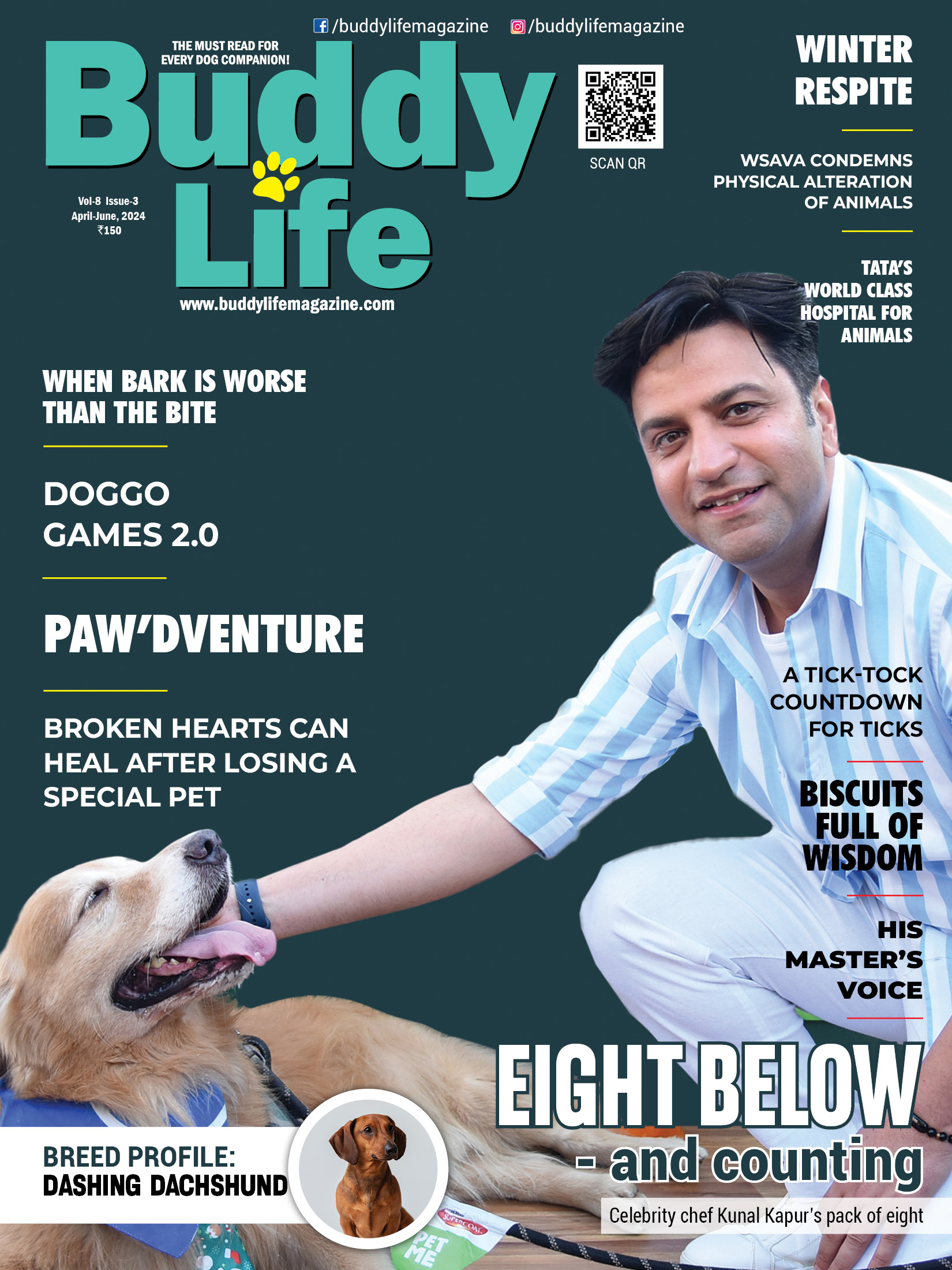




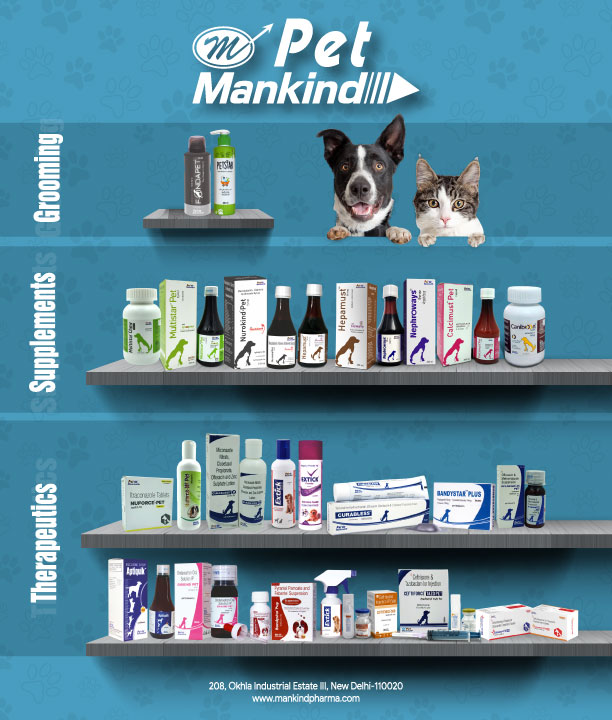

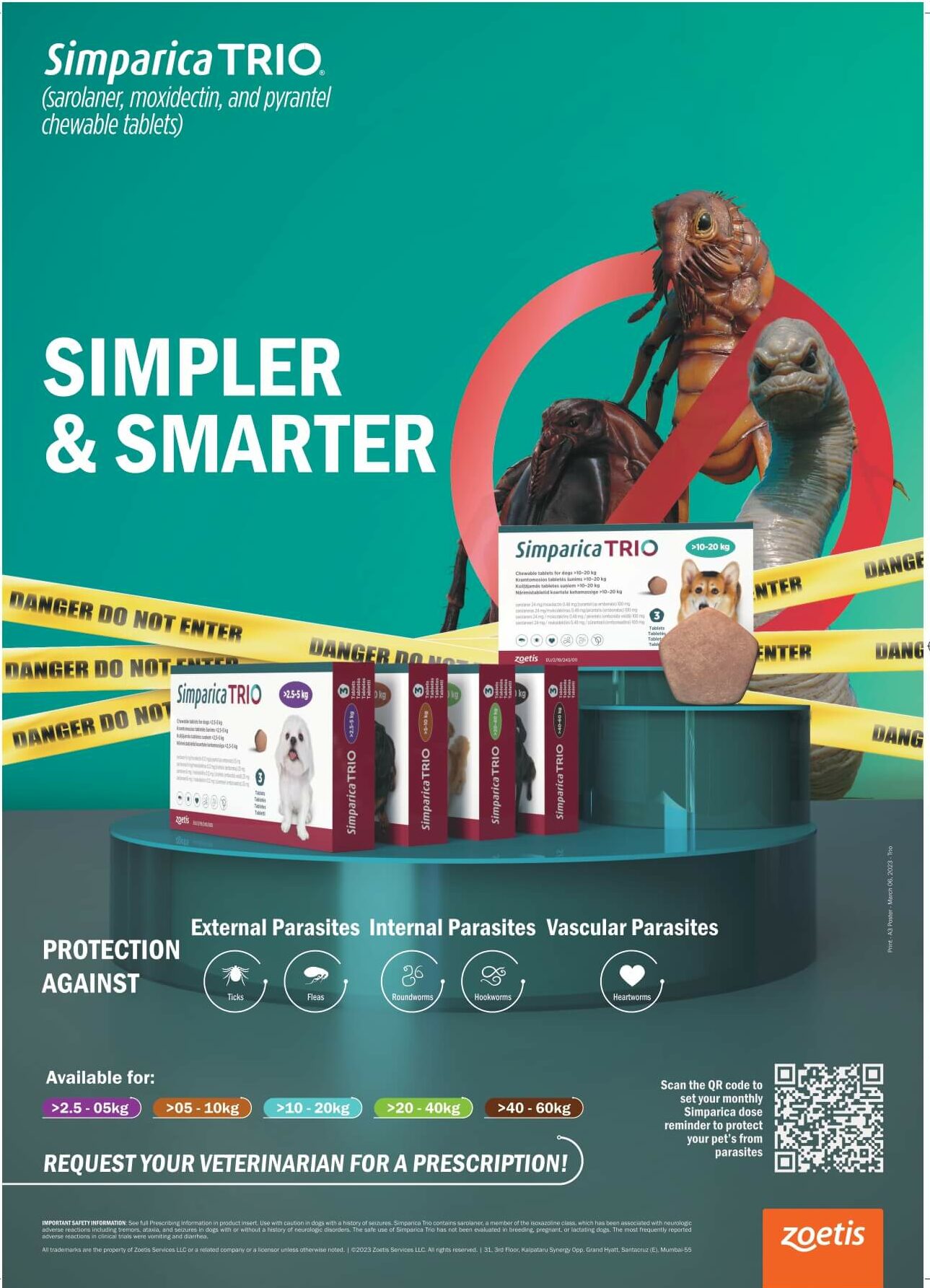


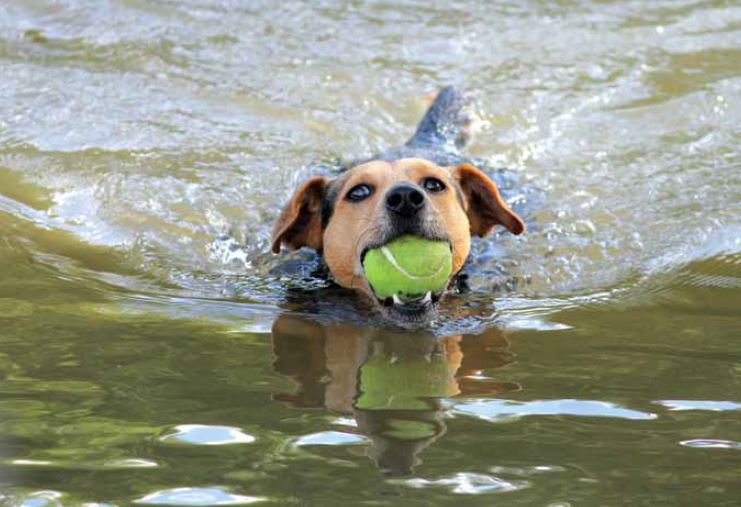 " >
" >
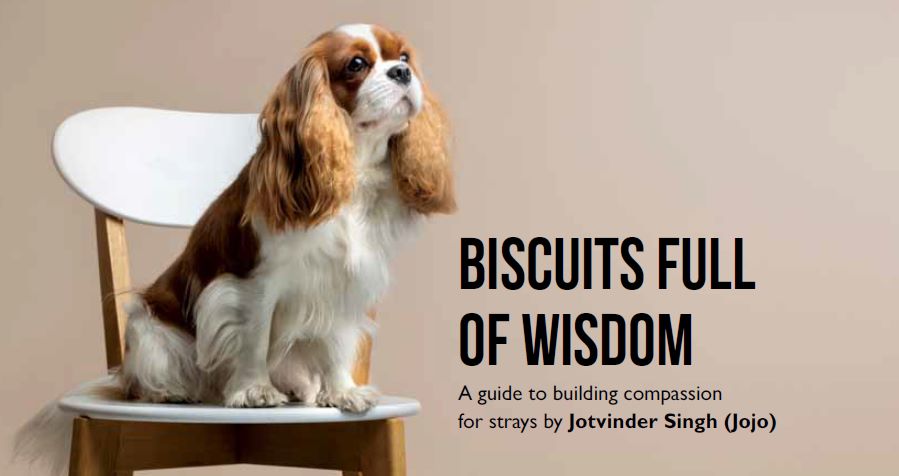 " >
" >